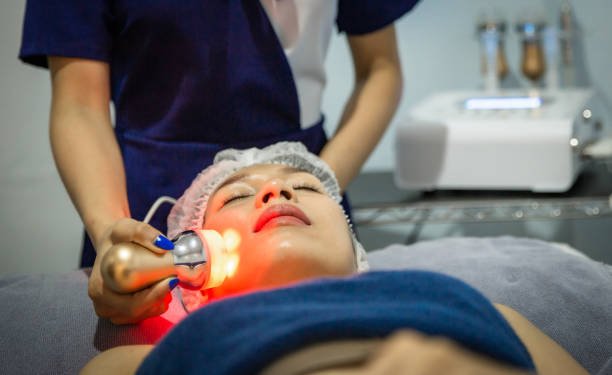What to Expect After Laser Skin Surgery

Among the various cosmetic procedures available to plastic surgeons today, laser skin resurfacing uses a series of short, intense pulses of laser light to eliminate damaged, scarred, and wrinkled skin. A laser uses intense light in one direction to vaporize the outer layer of skin and trigger a cascade of new skin regrowth. As a result, the new skin looks smoother, with less wrinkles, sun damage, and other imperfections.
One of the more popular laser resurfacing procedures is Fraxel Repair, which was used in clinical trials that led to its approval by the FDA. This procedure removes layers of tissue and stimulates new collagen production. Fraxel Repair is ideal for deep acne scarring, deep wrinkles, and skin laxity. Additionally, it can be used to treat angiofibroma and syringas. After the procedure, you can expect minimal downtime. Click on this page to learn more about the benefits of these procedures.
Immediately after your surgery, you will notice redness or swelling, although this will quickly dissipate. The deeper the laser treatment, the longer the recovery time will be. While most patients see results within a week, the overall process may take up to six months to reach its peak. During this time, the skin will gradually regenerate as the laser treatment takes place. While laser treatments are generally safe for all skin types, the final results will vary. Your skin's condition and degree of scarring or damage will determine how much downtime you'll need to undergo the procedure.
Although lasers are an amazing cosmetic treatment, they are not miracle cures. Depending on the intensity of the laser, results may be delayed or even permanent. Repeat sessions may be needed. For example, laser skin surgery may not be appropriate for people with darker skin. Patients with darker skin may experience hyperpigmentation. Although lasers can remove acne, they don't work on all skin types. So, even if they are the perfect treatment for your acne, they are not ideal for everyone.
There are two main types of laser skin surgery. Ablative lasers cause destruction of the outer layers of skin, triggering healthy new skin growth underneath. Nonabrasive lasers are more gentle and less likely to cause side effects than ablative lasers. A nonabrasive laser is a safer choice for patients with darker skin. However, the longer the treatment, the greater the risk of hyper or hypopigmentation. The procedure itself lasts about one hour.
After undergoing laser skin resurfacing, the skin may remain sun-sensitive for up to a year. However, wearing sunscreen with SPF 30 is highly recommended to help protect your skin against sun damage and scarring. While non-ablative laser treatments don't carry a high risk of side effects, you may need multiple sessions. For more extensive resurfacing, patients may be sedated and need someone to drive them home. The procedure can be performed in one office or over the course of several weeks.
In addition to the above indications, laser skin surgery can remove stubborn redness on the face and reduce the appearance of stretch marks and scars. During this procedure, This new york dermatology doctor will carefully evaluate you and may recommend a laser procedure that will help you achieve the best aesthetic result. The treatment may involve two different types of lasers. During the first session, the surgeon will carefully assess your skin and determine which type of laser is best for your needs.
You may need to check out this article: https://en.wikipedia.org/wiki/Laser_surgery, to get more information on this topic.
